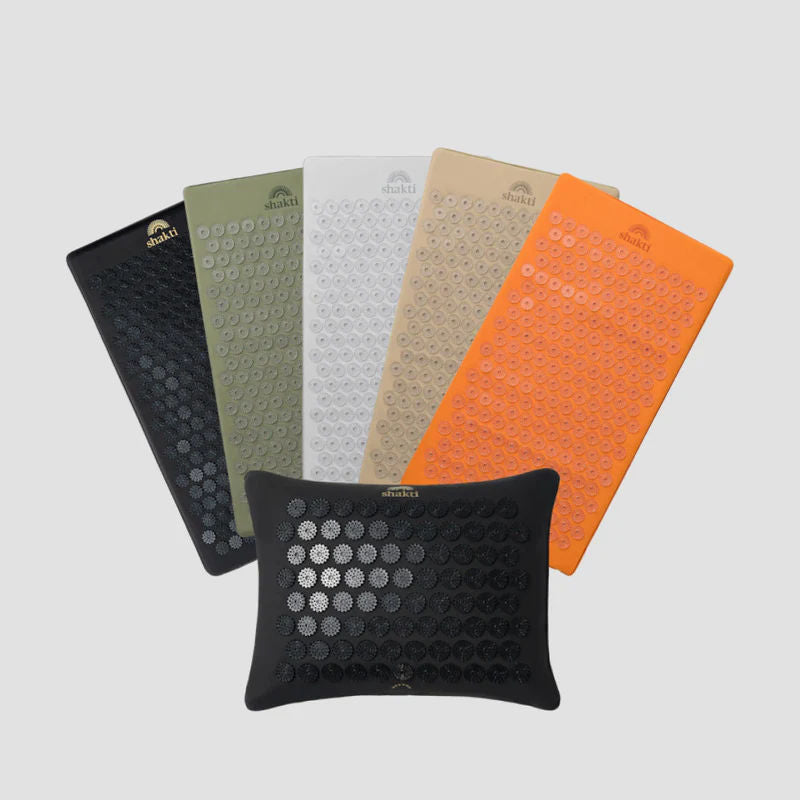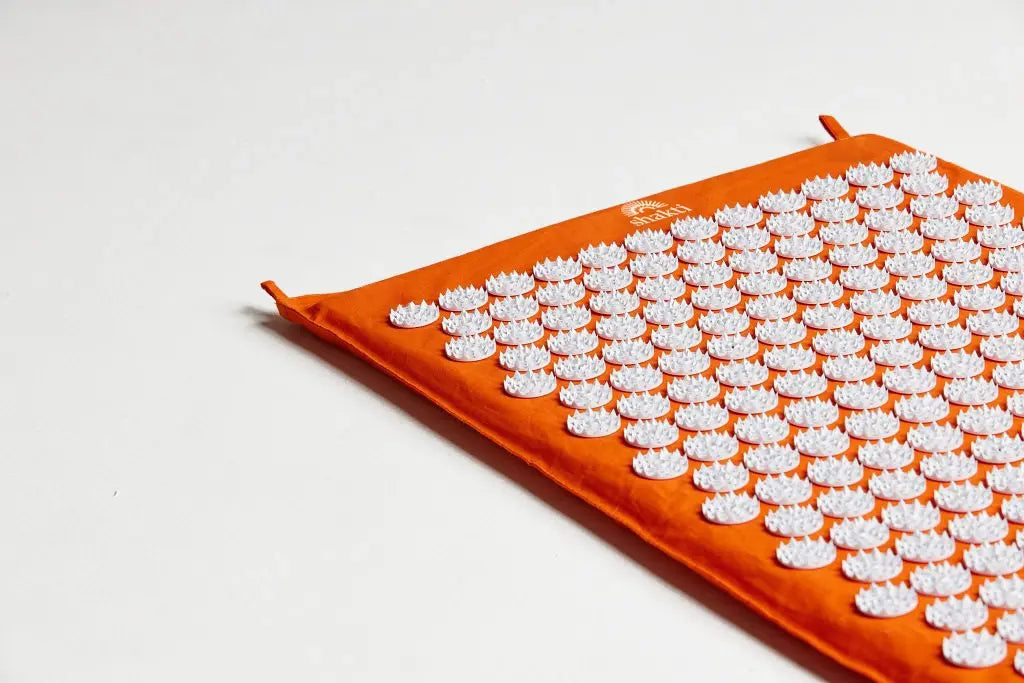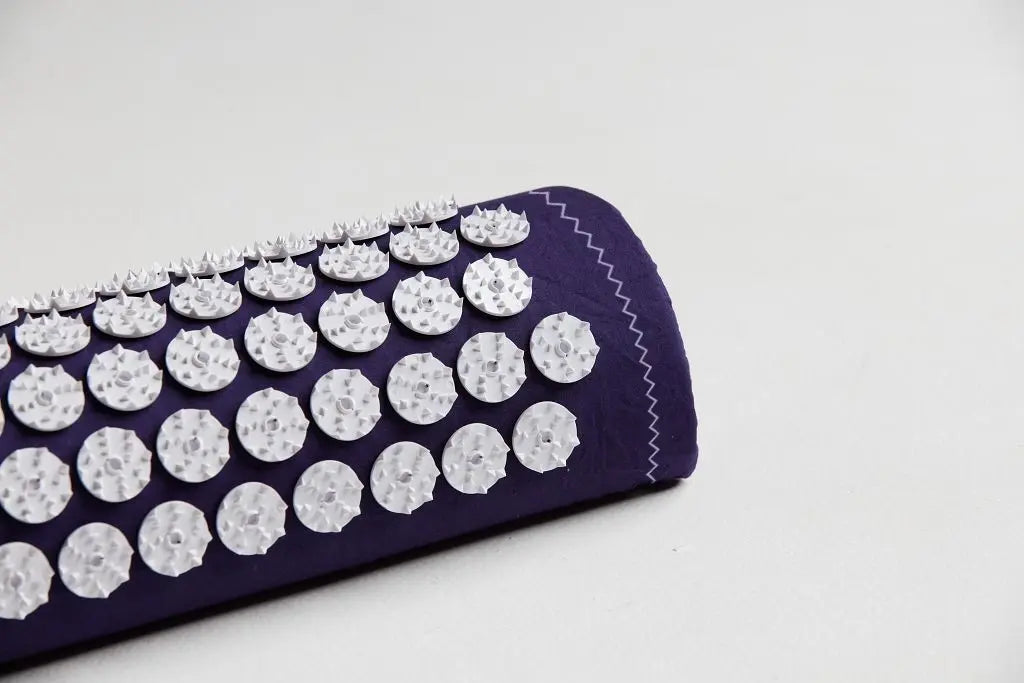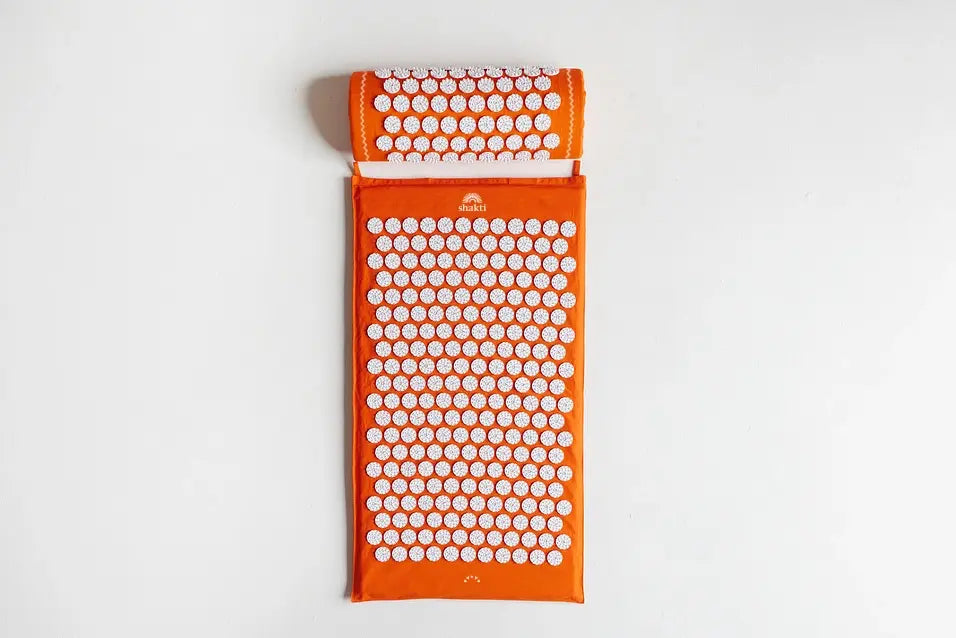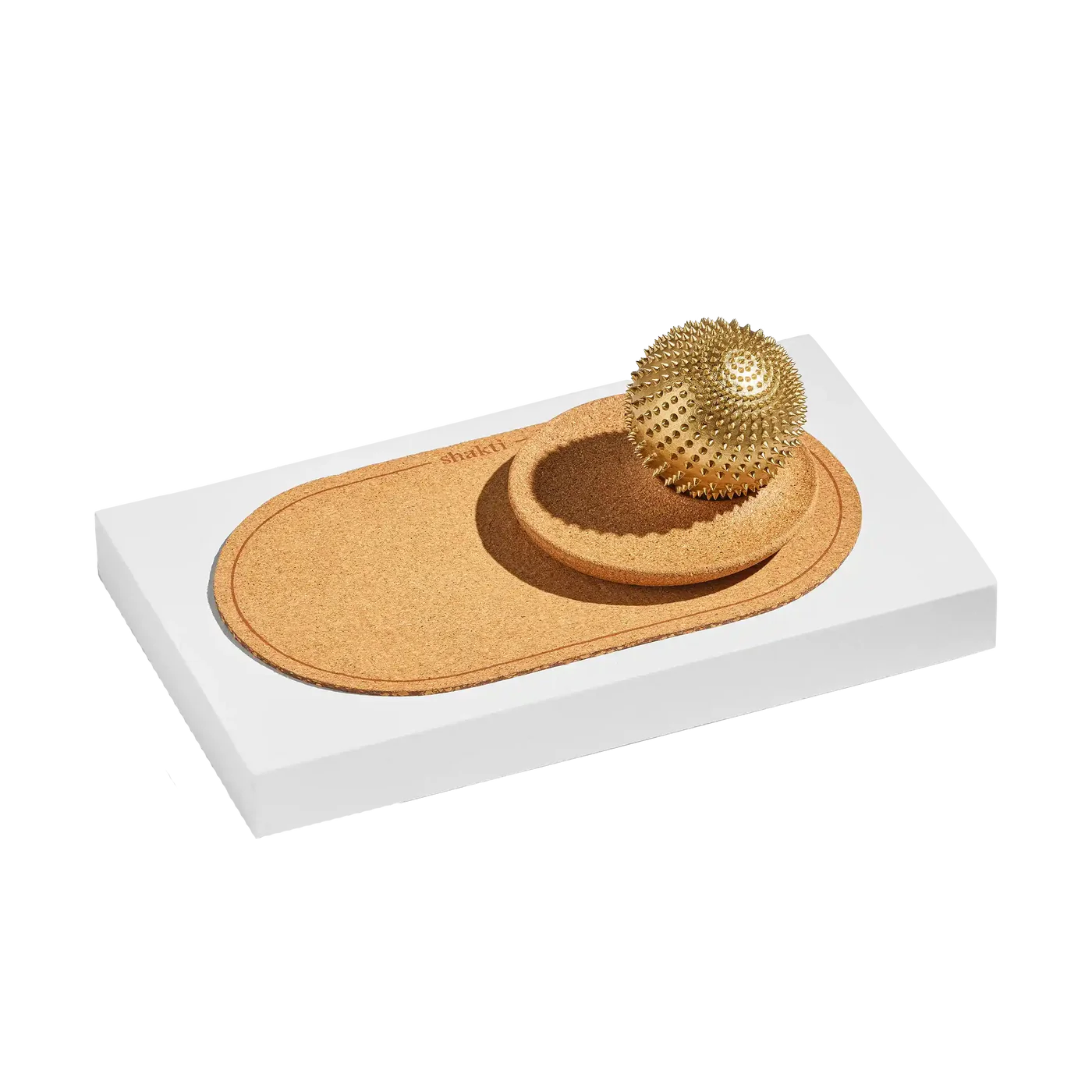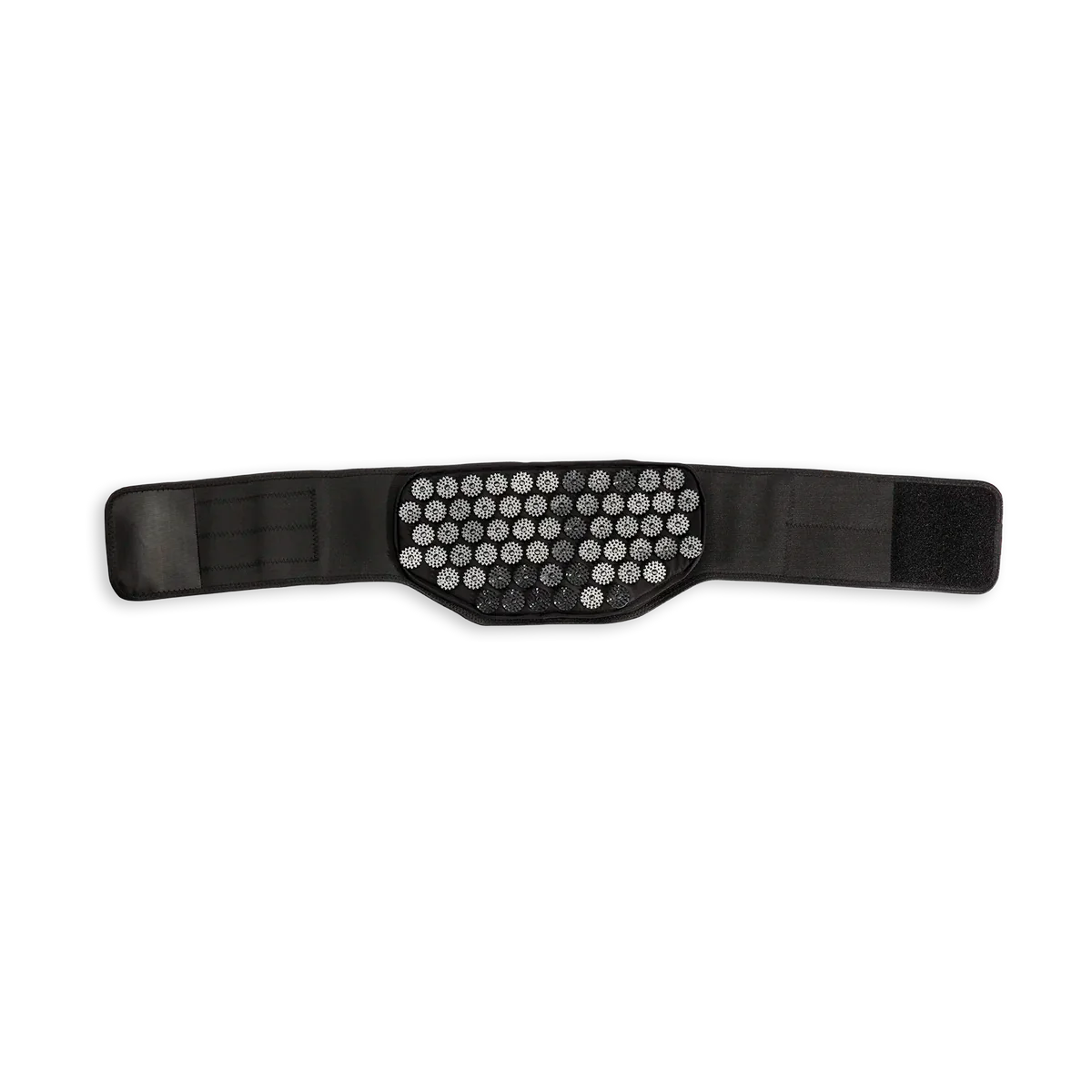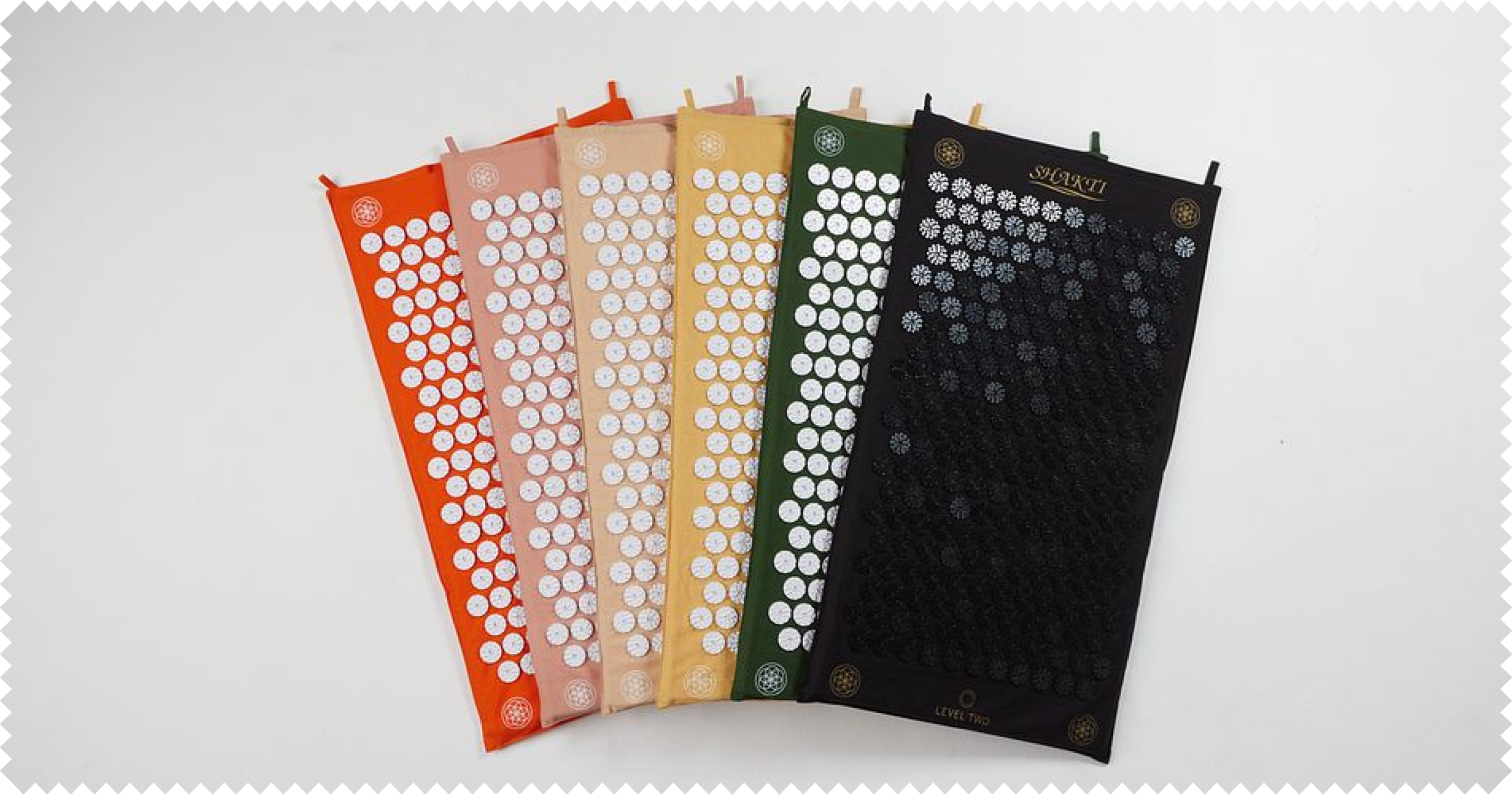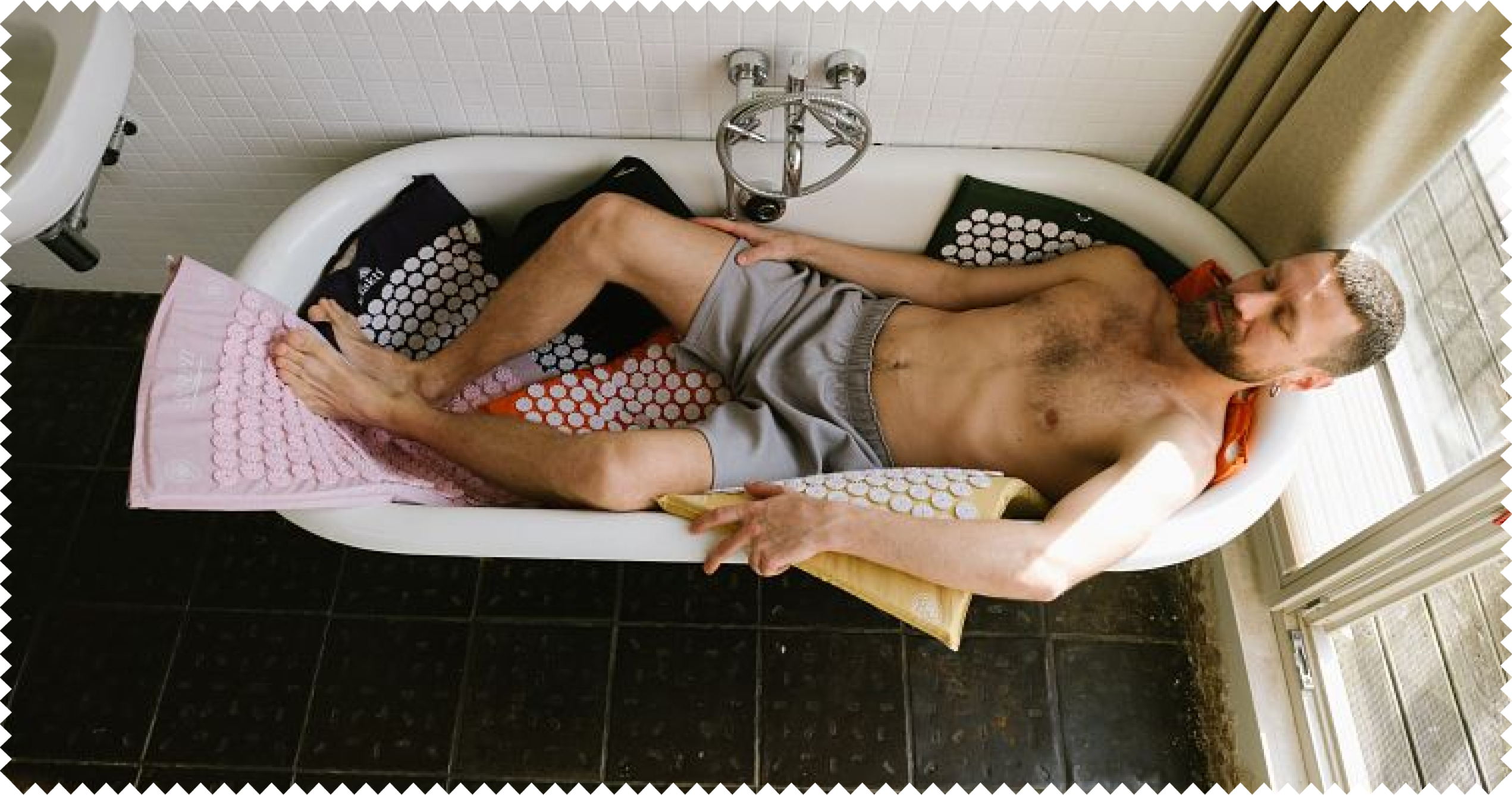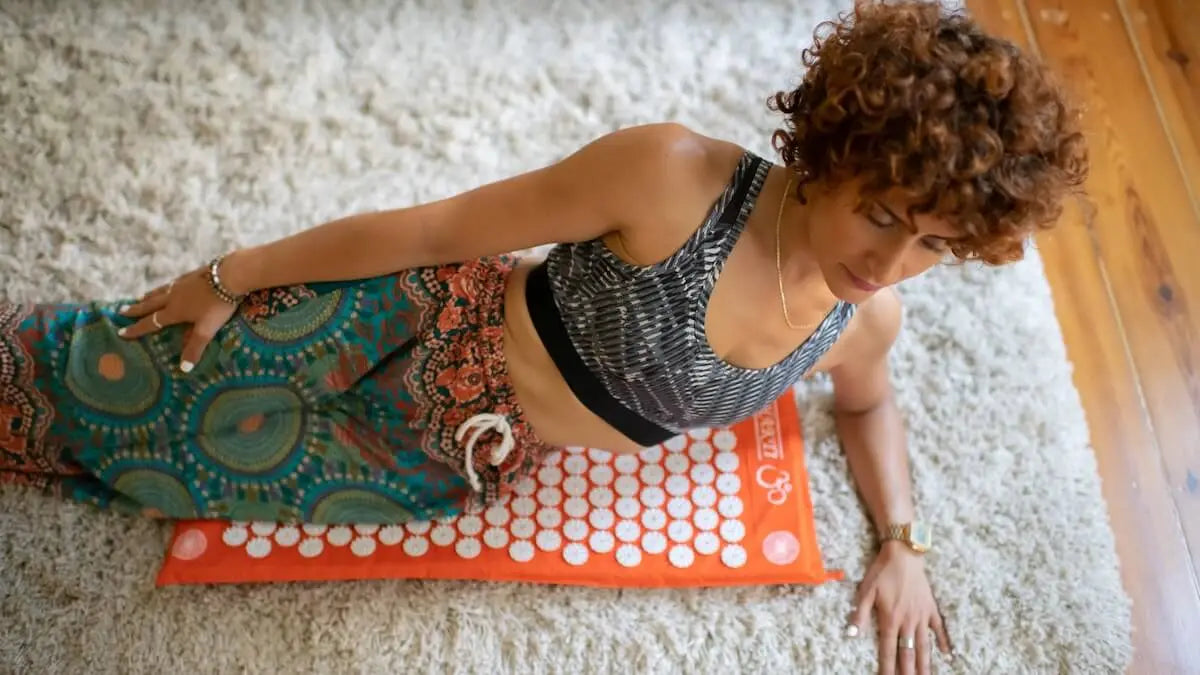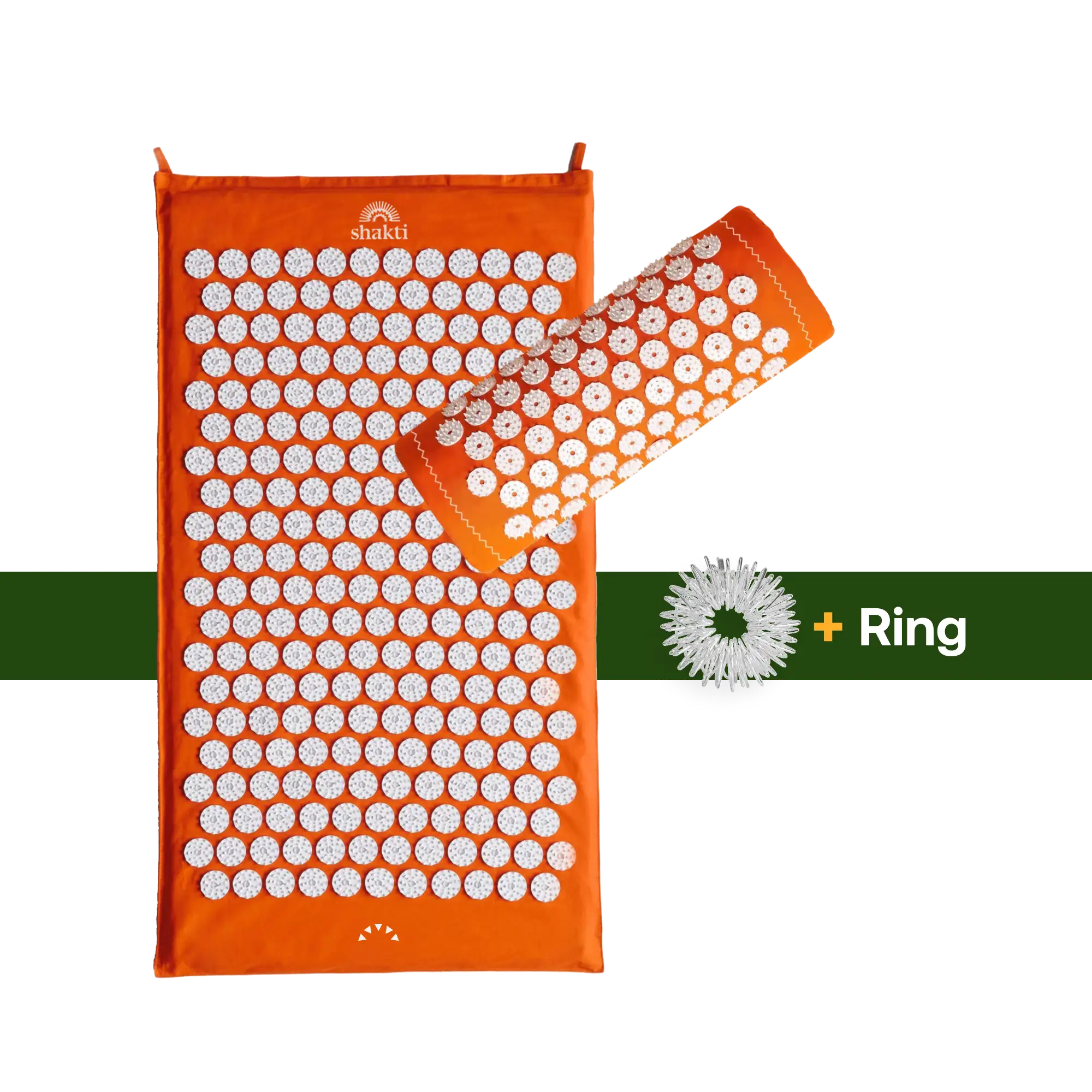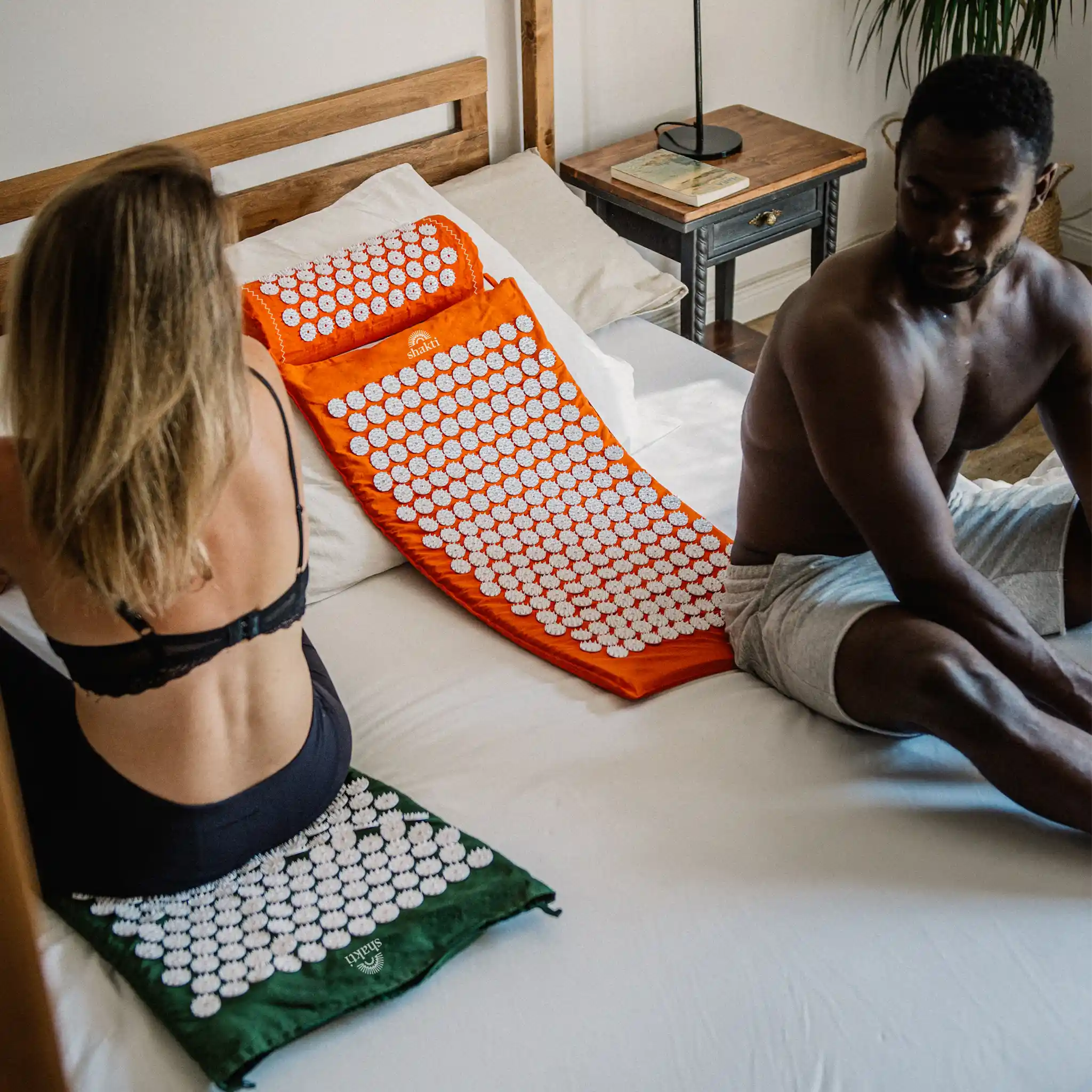The birth doesn't just end the pregnancy and the "old" normal returns. Rather, a physical journey begins: The postnatal period. It is independent of whether the child was born in a spontaneous birth or as an abdominal birth, because it is about restoring the body after pregnancy.
Our body does the lion's share of the regression all by itself without our intervention. Afterpains contract the uterus again - an organ that shrinks from many times its size back to its original state in a matter of days to weeks. Hormones ensure that we can breastfeed our child (if we choose to do so) and endure waking up at night to care for the little being. An insane physical feat for which, above all, rest is needed.
In this article, I, Anni from the Shakti team, tell you about my very personal experiences with exercises that supported my body during the postnatal phase. Week after week, I used these exercises to prepare my body for the new challenge of holding an increasingly heavy baby. In this article, I also let a Shakti Mat user speak about her experiences with the acupressure mat, which helped her with breastfeeding.
The exercises I present in this article are compatible with most babies. I realize that there are babies that are hard to put down. In that case, do what's good for you in this short time and don't let articles like this make you feel guilty. Regression can be made up if there is no other way!
Content
1. regression - why you should take your time with exercises
2. my postpartum recovery exercises
4. relax the required forearms
5. hand stretching & strengthening to support the head
7. pelvic floor strengthening on the mat
8. breastfeeding & acupressure - experience from our community
Regression - why you should take your time with exercises
As mentioned above, the body does most of the postnatal recovery on its own, especially in the first period after the birth. The best support here is rest and physical rest. Caring for the baby should be the sole - but not the only - task of the woman who has recently given birth. The famous village that it takes to raise a child in the vernacular is first and foremost important to protect the mother's role. "Sleep when the baby sleeps" seems somehow derisive to naive in a time when the nuclear family living in a household has become very small.
But this is exactly what is really important in the postpartum period. And if at all possible, the mother should receive and accept all the support that is offered. This is a better basis for a good postnatal recovery than any exercise in the world can be.
Of course, you can also do regular exercises during the postpartum period if you feel up to it. Ideally in consultation with your midwife - but you shouldn't force yourself to do it and take it easy - you decide for yourself what is good for your body.
My postpartum recovery exercises
In addition to exercises specifically suited to my body and condition, which my midwife showed me and which I already performed in bed from the moment of birth, after the postpartum period I mainly resorted to 3 pillars for my regression:
- Gentle Pilates for the fourth trimester with pelvic floor exercises specially designed for postnatal recovery
- Yoga for regression, as you can find a lot of it on YouTube (I always made sure that it was explicitly labeled as safe for the still existing rectus diastasis*)
- My Shakti Mat and the Shakti Pillow
I have always found the mat and the neck cushion to be a helpful addition and, above all, I have clearly seen a strength: The active feeling of my physical sensations.
After the birth, you have so much intense physical contact with your child that it can actually be a little difficult to feel into your own body in peace. I have found the mat to be helpful because the feeling triggered by the spikes can be felt immediately and without waiting. Without having to walk far away from your baby - or in some cases - even just stand up!
Keep neck pain at bay
The biggest physical challenge for me during the postnatal period was recurring severe neck pain. Breastfeeding, carrying and holding a rapidly growing little human is an unaccustomed strain on the body that should not be underestimated. A lot of interaction with the baby happens in uncomfortable or muscularly very strenuous positions over a long, sometimes hours-long period.
It's not uncommon to completely ignore the stress during the actual activity (e.g. carrying a tired baby) - maternal hormones (and those of your partner, by the way) also help here. But the rude awakening often comes in the truest sense of the word and that was often the case for me.
I have been able to control this pain since I regularly move the back of my head and neck slowly back and forth on the Shakti Pillow . I often stay in one position when I feel that there is a particularly nasty tension. It's easy to combine with a sleeping baby because you can lie close together.
Relaxed forearms
If you have a baby who puts on weight quickly, likes to be carried and prefers to be held in your arms when breastfeeding, then it can happen that your own muscles can't keep up - for me this was definitely the case in my forearm.
Sharp pains in the elbow joint and swelling of the forearm, also known as mummy arm (similar to tennis elbow), left me with a pain-wracked face more than once. I got the problem under control with ice baths using the Wim Hof method for the joint and regular stretching.
To make sure it never gets that bad again, I've been using the Shakti Mat ever since to help maintain circulation and provide optimal support for my muscles, which are challenged and growing every day.
Hand stretching & strengthening to support head
In the beginning, babies are not yet able to hold their own head and have little body tension of their own. For this reason, you spend a lot of time with a tense, bent hand and the associated fingers, which are under a lot of pressure - often many hours a day - especially when feeding with a breast or bottle. To counteract this, daily finger stretches have helped me a lot. I found them most effective on a hard surface and on the wall, as shown in the pictures. But if in doubt, it also works on your own thigh, the bed or the sofa.
Shoulder pleasure
Now let's move on to my favorite exercise. Not because it's so much fun, but because for me personally the effect is immediate and so beneficial that I feel a bit as if someone had taken me firmly in their arms and straightened me up for once.
Place the neck pillow against the wall so that you can lean against it with the full width of your shoulder muscles on one side. Now raise the arm on this side as shown in the second picture below and stretch the shoulder by pulling the whole arm (not just the hand) back towards the wall. This increases the pressure on the Shakti Pillow and the tips stimulate the blood flow to the tense shoulder muscles. If you ask me: heavenly!
Pelvic floor strengthening on the mat
Pregnancy puts a lot of strain on the pelvic floor and it also has to endure a lot after the birth. For example, the bladder often fills up much more in the still enlarged abdominal cavity than was possible before the birth and exerts additional pressure. The (necessary and important) carrying of the child also puts additional strain on the still strained pelvic floor. In consultation with the midwife, it helps to start working on this in good time and to continue doing the exercises in the long term.
I sit on the Shakti Mat with my buttocks behind me and rock back and forth a little to slightly mobilize my buttocks in this seated position and stimulate circulation. I then take a few deep breaths and remain seated on the mat while I perform the "blueberry picking" pelvic floor exercise:
I imagine that there is a blueberry right at the exit of my vagina. I mentally pick it up with my muscles and tense them as if I want to push it further up inside me. Then I imagine that I am putting the blueberry down again and move my muscles accordingly. The more often you practise, the better you can control your pelvic floor muscles. You do the exercise about five to twenty times.
Breastfeeding & Acupressure - Experience from our Community
Less stress - more milk flow, that was my experience too. When I was breastfeeding, I was confronted with stress and my milk let-down reflex went on strike. There was enough milk. But it didn't come out and that ended in a painful milk blockage. Yoghurt compresses and later a breast pump helped me to get back on my feet - but between the fever and the pain, the idea of using the Shakti Mat never really occurred to me.
I think it would have been helpful. But I can't report anything that I haven't tried myself - and that's why I'm letting Anne from the Shakti community have her say here:
Can you briefly tell us about your breastfeeding story and how you came across the Shakti Mat?
Anne: Social media drew my attention to the Shakti Mat back then. So many positive reviews, there must be something to it, I thought to myself and asked for the Shakti Mat for Christmas. I am a handball player and love jogging, but I am currently taking a break. Before I got pregnant, I used the mat to wind down and relax after training sessions in the evening. My head was still so wide awake from training and the Shakti Mat helped me to switch off and fall asleep more quickly. I've been using the mat for almost two years now (I didn't use it in the third trimester of my pregnancy) and I always realize how good this time out is for me.
What I have now noticed when using the Shakti Mat after giving birth is that as soon as I lie on it for a few minutes, I clearly notice my milk let-down reflex. Often so much milk comes out of my breast that it ends up on the mat. For me, this is proof that something is happening. I was totally surprised when I noticed this for the first time.
How did the Shakti Mat help you with breastfeeding?
Anne: When you're a first-time mom, you hardly take any time for yourself. Sure, you just have your eyes on your little new life. After a few weeks, I simply realized that I also had to look after myself. If mom isn't feeling well, then it won't work. Then, after a longer break, I used the mat again and I am convinced that this time out in the evening helps me to recharge my batteries. Stress always has a negative effect on milk production, and I'm sure many moms notice this in the first few weeks. I also had a few teething problems with breastfeeding, you have to get used to it first. In this respect, I would like to say that the Shakti Mat is an indirect helper. True to the motto "Mama good, all good".
If you would like to discuss the topics of acupressure and acupressure mats for postnatal recovery and give others who have given birth tips or ask questions, visit us on Facebook and join our Facebook community.
Sources
- German Association for Physiotherapy ZVK e.V.: Therapist list pelvic floor
- Spotify, midwife salon, breastfeeding start: How to start your breastfeeding period successfully
- Spotify, midwife salon, postpartum: what you really need
- The Belle Method: The Bump Method, 4th Trimester Program


